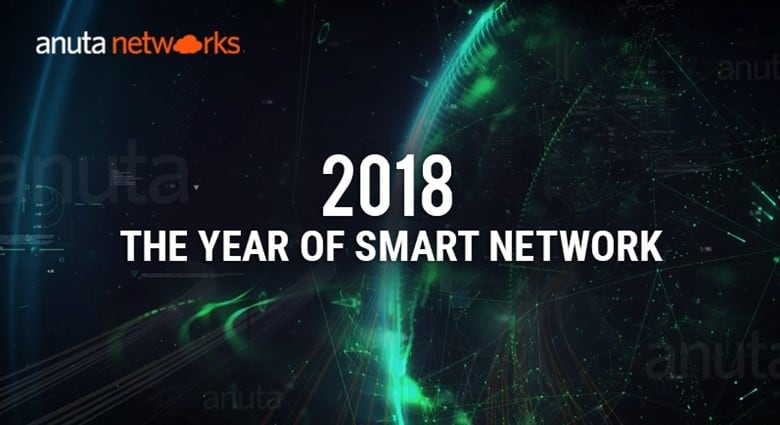Smartphones revolutionized our lives over the last decade. Now, we are amid a networking revolution through intelligence and automation. Networks of the future will learn, perceive and adapt to changing demand patterns, fixing issues, and optimizing usage before they bring down the networks and the ensuing chaos that it would bring to bear on all our connected lives.
Here are some of the components that make networks intelligent and adaptable.
#1: SMART DOCUMENTATION
Network Orchestrators will be the single source of truth to track all the network assets including topology, configuration, policy data, operational state and real-time alerts. The network will have smart notifications – Operators won't be assaulted with thousands of alerts, however rather, the alerts are prioritized based on severity, location as well as history. For instance, an alert originating from devices in sensitive locations such as HR servers will be prioritized over the alerts from devices in the DMZ.
Operators can define various SLAs - health, response time, performance, alarms, outages, and so on. The Network Orchestrator collects the latest health status, different metrics and historic report of the network state. Armed with accurate information, Network Orchestrator can manage capacity based on pre-defined thresholds. For example, if the utilization is above 80%, orchestrator can take corrective actions such as provisioning additional resources, reserving extra capacity in the hybrid cloud or eliminating the service from the catalog.

Kiran Sirupa,
Director of Marketing,
Anuta Networks
#2: SMART HUMAN-MACHINE INTERFACE
The networks will be easier to manage. Humans don't have to learn every single CLI. The entire network will be regarded as one API. Many open standards such as YANG models, open source models will be customized with Python to express business logic in a DevOps methodology. Operators can query the network, ask what-if questions such as "What happened last Saturday on my firewall?" or issue a simple command such as "Shut down SQL port on all the firewalls in my network" and it will be converted into low-level commands. The Orchestrator is constantly streaming telemetry from the infrastructure, and with its Role-based access control, operators can perform forensic analysis. The automation avoids human errors and improves security.
#3: Smart Management
With all the advancements, networks become simple and powerful. Administrators can define the desired state, and the Orchestrator and SDN controllers configure themselves to get to the desired state. The Orchestrator knows when a device is due for an upgrade based on vendor website and auto upgrades during the maintenance window. If there is a device failure, the network can self-heal using Zero Touch Provisioning. Today SD-WAN controllers intelligently reroute traffic to minimize MPLS expenses as well as improve application experience and security. Such intelligence will be pervasive in the smart network.
Further, if there is a security incident, the Orchestrator enters a crisis mode where the entire network configuration is locked. Every change is audited, and all the firewalls are upgraded to the high-security configuration. Similarly, in situations such as the end of the quarter, Orchestrator enters a quiet period, where no changes are permitted on the network.
Finally, the Orchestrator can collect a baseline of the network configuration. Techniques in Machine Learning can be used to figure out abnormal configuration or operational state for any given device. This intelligence can be derived from massive data consolidation and mining at the device level, at the orchestrator level or a global customer level. The Orchestrator itself will be delivered in a Cloud/SaaS model for maximum deployment flexibility and minimum economic risk.
The goals are to eliminate network outages, make networks smarter and adapt to business requirements in a world of cloud-delivered microservices. We may not see all the components implemented in 2018, but we will see an evolution to such smarter networks. Network Orchestrator becomes critical in such evolution.
About The Author:
Kiran Sirupa is a Director of Marketing at Anuta Networks. Anuta Networks is widely recognized for innovation in multi-vendor network services orchestration for the branch, campus, data center and service provider-managed enterprise networks. Anuta NCX offers complete Lifecycle Service Orchestration of physical, virtual, and hybrid networks thus allowing customers to leverage their investments in existing network infrastructure and transition them seamlessly to SDN/NFV environments. Headquartered in Silicon Valley, Anuta Networks is a Gartner Cool Vendor and Best of VMworld award winner three times in a row.

















